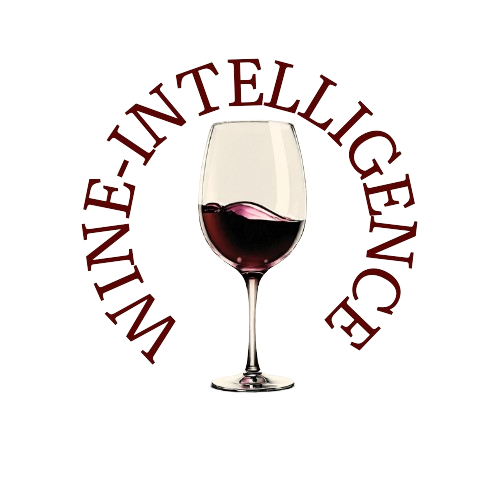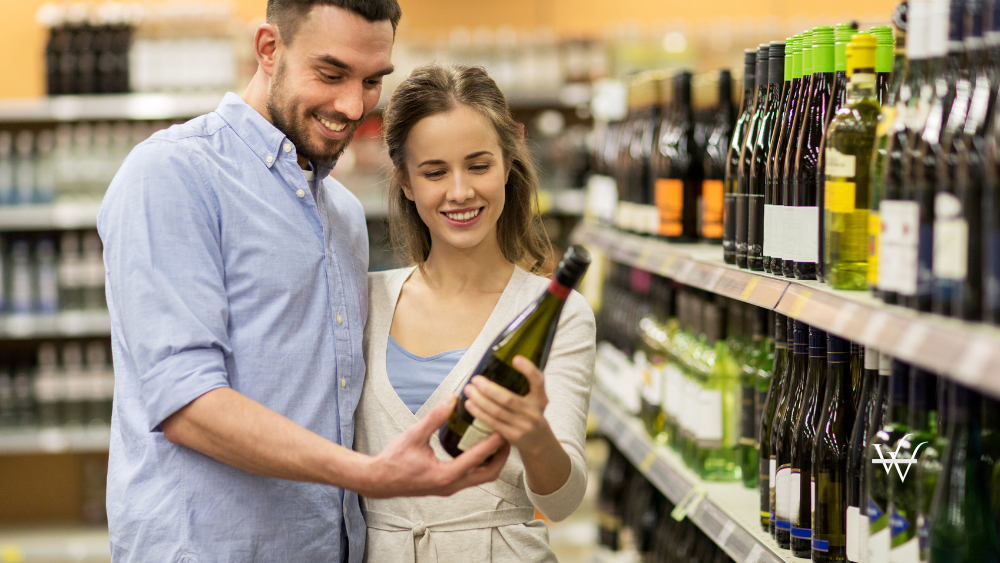After a turbulent 2024 for beverage alcohol, the global industry enters 2025 navigating an increasingly volatile and multifaceted market landscape.
Last year, total beverage alcohol (TBA) volumes fell by –1%, while value edged up just +1% — revealing that revenue gains remained elusive despite price increases in some markets.
In this challenging environment, brand owners must contend with shifting consumer priorities, economic headwinds, and geopolitical uncertainty. The IWSR Global Trends Report 2025, a 90-page analysis by the global authority on beverage alcohol data and intelligence, identifies six key macro trends that will shape the sector in the year ahead. Each is intertwined with deeper sub-trends and market drivers that require agile strategies and targeted responses.
1. Selective Premiumisation
Premiumisation is far from dead, but it is no longer a universal upward trajectory. Instead, economic pressures and changing consumer values are fragmenting the trend, with growth now concentrated in specific regions, categories, and occasions.
In 2024, premium-and-above volumes (excluding national spirits) rose +3%, largely driven by beer and boosted by South America, Asia, and Africa & the Middle East. North America and Europe saw weaker growth.
Health concerns and tighter budgets are prompting consumers to drink less, yet choose better quality when they do — often driven by personal values, authenticity, and occasion relevance rather than social status. Cocktail culture remains a key driver: RTD cocktails and long drinks are forecast to double globally between 2019 and 2029, with North America potentially seeing +400% growth.
2. Evolving Lifestyles
Shifts in lifestyle priorities are reshaping alcohol consumption patterns. Many consumers initially reduced intake due to economic constraints, but a portion has permanently adopted lower-consumption habits. Traditional social drinking occasions are declining, while at-home and virtual experiences are on the rise.
Travel retail volumes grew +3% in 2024, with cautious but value-driven spending, suggesting tourism remains a key experiential channel. Brands have an opportunity to align with these evolving habits by offering value-oriented, immersive experiences — both in travel retail and digital spaces.
3. Digital and Tech Acceleration
Global ecommerce sales in beverage alcohol rose +2% in value in 2024, driven by strong performances in spirits, beer, and RTDs. Asia-Pacific led with +4% growth, confirming its role as a future growth engine.
Ecommerce bypasses traditional distribution barriers and allows brands to connect directly with consumers, but success requires convenience, affordability, and authenticity. Influencers and celebrities continue to sway younger legal-age consumers, although celebrity-backed brands are facing mixed results. RTDs stand out as a digitally driven, moderation-friendly growth category.
4. Social Drinking in Transition
Economic challenges are shifting the nature of social drinking. Affordable, earlier, and experience-led moments — such as the aperitivo hour — are increasingly popular. Spritzes and lower-tempo cocktails are thriving in these contexts.
The on-trade has faced structural costs, higher taxes, and reduced consumer spending, leading many to replicate on-trade occasions at home. This has given rise to “third spaces” like home bars and unlicensed social venues, blending control over expense with curated experiences.
5. Health and Ethics as Growth Drivers
Moderation trends are broadening, with “zebra striping” — alternating between full-strength and no-alcohol drinks — gaining momentum. No/low-alcohol volumes grew +9% in 2024, outpacing full-strength categories in most regions. Beer remains dominant in the no-alcohol space, but spirits, wine, and RTDs are gaining share.
Cultural identity and value perception are fueling demand for local brands — exemplified by Indian single malts outselling Scotch domestically. Sustainability, while constrained by cost pressures, continues to act as a quality cue, especially for Gen Z and Millennials willing to pay a premium for eco-friendly credentials.
6. External Pressures and Market Resilience
Geopolitical instability, trade disruptions, and evolving regulations continue to influence consumption. Inflationary pressures have eased, but consumers are still prioritising essentials over alcohol purchases.
Tariff changes create both winners and losers — for example, Scotch whisky benefits from a new UK-India free trade agreement but faces higher US trade barriers. Governments are also tightening alcohol regulations and intensifying public health campaigns, particularly in markets like China, India, Latin America, and South Africa, where such messaging carries significant weight.
Brands must adopt contingency planning, diversify supply chains, and closely monitor legislative shifts to remain agile.
Conclusion:
The IWSR report paints a picture of a beverage alcohol market at a crossroads — shaped by consumer downtrading, selective premiumisation, health-driven moderation, and geopolitical complexities. Success in 2025 will require adaptability, data-led decision-making, and a nuanced understanding of regional and category-specific opportunities.
Source: IWSR

